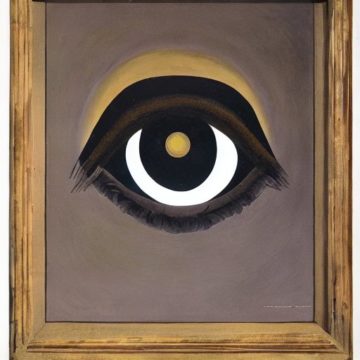 T. J. Clark in The Nation:
T. J. Clark in The Nation:
What goes into the making of a movie? By “movie,” in Pasolini’s case, I take it that we mean a distinctive, unprecedented, unforgettable way of seeing, in which the world is turned toward us and shown in a new light. And the new light is not merely glittering and irresistible (though in Pasolini it is regularly both) but necessary. Necessary to its subject: in this instance, in the films Pasolini made in the early 1960s, the face and temper and desperation—the disintegrating identity—of the proletariat as the long epic of class struggle drew to an end.
What goes into such a moment of form—such a making of a style? I summon up a memory from near the beginning of Accattone, whose opening sequences are stamped on my mind—or his choice of distance between moving face and moving camera, his unforgiving lighting, his shallow depth of focus, the brittle staccato of his soundtrack. Start almost anywhere in these early movies, or in the scenes from Fellini’s Notte di Cabiria where Pasolini’s imprint is unmistakable; open a page at random in The Ragazzi or A Violent Life or A Night on the Tram; and immediately you are in a working-class world that very few others have touched. A savage and absolute grandeur greets you, tinged with (undercut by) bitterness and compassion, and above all by a determination to destroy—at last, in agony, against one’s own deepest wishes—the great myth of the 20th century.
English-speaking readers have been told the story of Pasolini’s life many times, and often very well.
More here.
